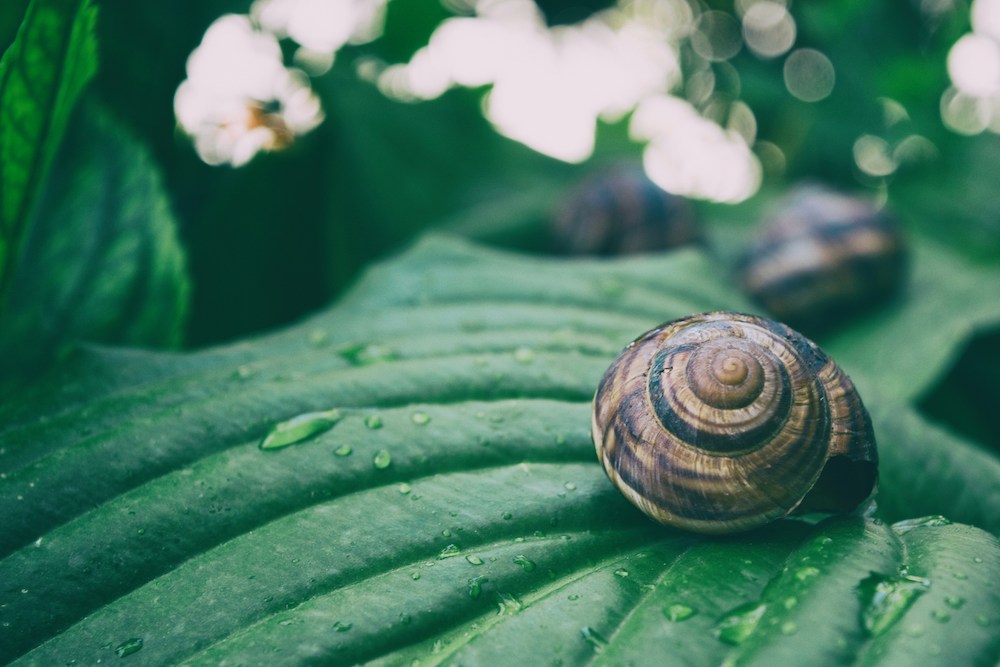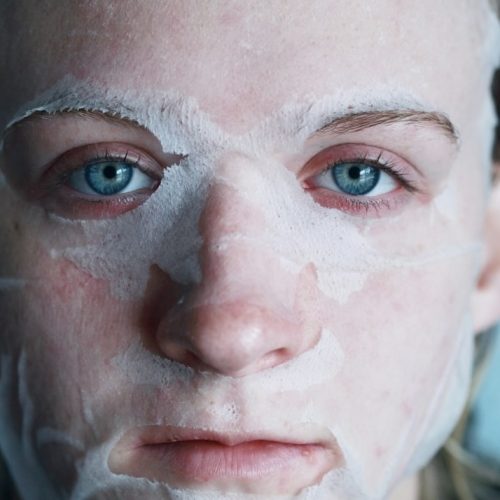Snail Mucin | A Skin Care Phenomenon
Snail mucin is the newest viral skin care ingredient taking the internet by storm. The search term ‘snail mucin’ has amassed more than one billion views on Tik Tok, with influencers covering its uses, application methods and more. But is it actually beneficial or just another trend? And it is cruelty free?
To receive the Luxiders Newsletter, sign up here.
The use of snail mucus for skin care dates back to ancient history. It was incorporated into ancient Chinese medicine and used in ancient Greece for its ability to reduce inflammation. More recently, however, snail mucin has taken a more cosmetic purpose. It is often an ingredient found in Korean skin care products. Both enthusiasts and professional dermatologists swear that it’s the holy grail of skin care.
These claims are backed by science. Snail mucus contains a variety of compounds that are regarded as good for skin health. Among these are collagen and elastin, proteins that promote skin strength and elasticity. Next there is glycolic acid which acts as an exfoliant that removes dead layers of skin. There is also allantoin, which moisturizes the skin and has anti-inflammatory benefits. These proteins along with the combinations of various moisture buffers within snail mucin has made it a staple in achieving bouncy, clear, glass-like skin.
BENEFITS OF SNAIL MUCIN IN SKINCARE
Snail Mucin has various properties that make it a fantastic skin care product. The first of these is its moisturising factor. Snail mucin triggers the production of hyaluronic acid, which is vital for skin hydration and rejuvenation, therefore it is often recommended for dry skin.
The antibacterial properties of snail mucin makes it an excellent aid for wound healing. It may prove useful in healing minor cuts, acne and scarring. Many studies also vouch for the Anti-aging benefits of snail mucin. This is due to its high content of collagen and elastin that stimulates the production of collagen, which has a significant impact on the firmness and elasticity of skin.
Lastly, it is used for reversing effects of sun damage. The presence of glycolic acid in the mucin will help curb hyperpigmentation caused by sun damage and allow for a more even skin tone. Due to its anti-inflammatory properties, it is used to treat sun burns as well.

© Jovica Smileski via Unsplash
IS IT CRUELTY FREE?
Snails often secrete mucus under situations of high stress. The ancient methods of harvesting snail mucus were often cruel, the snails would be dunked in pots of water with salt and vinegar to force the production of mucin. However, these methods are no longer in practice and almost all brands with snail mucin products use ‘cruelty free’ methods.
Research shows that higher quality mucin is yielded when breeders maintain good environmental conditions for the snails. How the mucus is harvested depends on farm to farm, but breeders emphasize that the snails are never harmed during the process. For example, some farms allow snails to crawl on nets so that mucus drips into pans underneath. Alternatively, others use gentle misting chambers that induce snail secretion.
More recently, developments are underway into the creation of a synthetic snail mucus. Through a combination of peptides, carbohydrates, hyaluronic acid and other moisture buffers, Manufacturers can replicate the formula of snail mucin and also improve its application for skin care by adding other versatile skin care ingredients. This could also upscale production and allow for better quality control. So far, this synthetic mucin has not entered the market but when it does, it is sure to revolutionise an already successful skin care phenomenon.
+ Highlight Image: © József Szabó via Unsplash
+ Words
Liza Silva
Luxiders Magazine




